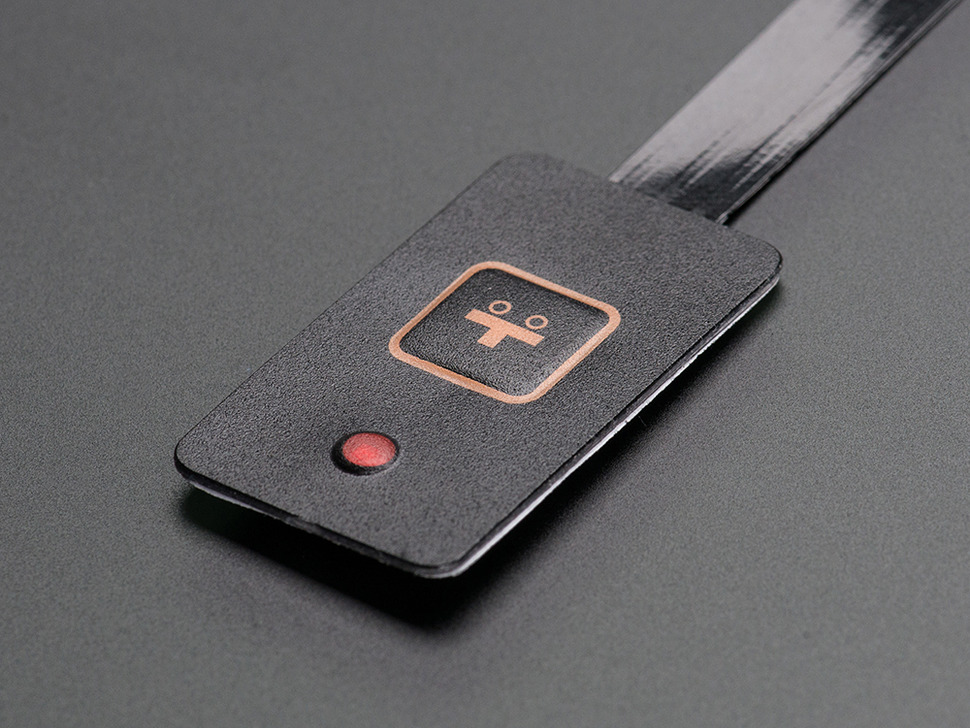Membrane Switch: Reliable, Cost-Effective, and User-Friendly Control Systems
Membrane Switch: Reliable, Cost-Effective, and User-Friendly Control Systems
Blog Article
Understanding Membrane Switches Over: The Trick to Resilient and Trustworthy Controls

What Are Membrane Switches?
Membrane layer switches are a sophisticated remedy in the world of user interface modern technology, integrating performance and layout seamlessly. These gadgets function as an interface between individuals and digital systems, integrating several components right into a small layout. Usually created from flexible, thin layers of products, membrane switches are designed to reply to touch, making it possible for customers to communicate with equipment and digital devices efficiently.
The primary elements of a membrane layer button include a printed circuit layer, visuals overlay, and a spacer layer that prevents unintended activation. The visuals overlay can be tailored to reflect brand name identification or individual choices, improving visual appeals while guaranteeing functionality. Membrane layer buttons are commonly used in numerous applications, consisting of medical gadgets, consumer electronic devices, and commercial tools, owing to their longevity and resistance to environmental aspects such as moisture and dirt.
One of the crucial advantages of membrane buttons is their capability to stand up to damage, making them perfect for high-traffic atmospheres. In addition, they are lightweight and need marginal room, allowing for cutting-edge layouts in product development. In general, membrane layer switches over stand for a effective and sensible selection for modern-day digital user interfaces, marrying modern technology with user-centric style principles.
How Membrane Switches Over Job
The operation of membrane layer switches rest on a straightforward yet effective device that converts individual input right into digital signals. These switches contain several layers, commonly including a visuals overlay, a spacer layer, and a circuit layer. When a user presses the button, the top layer warps, enabling a conductive aspect in the circuit layer to reach an equivalent conductive pad on the bottom of the visuals overlay. This contact shuts the circuit and sends a digital signal to the tool, showing that the button has actually been turned on.
The style of membrane layer switches can differ, yet they commonly include domes or tactile components to provide comments to the user, improving the total experience - membrane switch. The products used in membrane layer switches, such as polyester or polycarbonate, add to their toughness and resistance to environmental aspects, consisting of wetness and dust. The printed circuits are normally enveloped, which shields them from wear and tear over time.
Benefits of Membrane Switches

Additionally, membrane buttons are known for their durability. Created from durable products, they are immune to dirt, dampness, and physical wear, which substantially expands their life-span contrasted to typical mechanical switches. This longevity makes them especially appropriate for high-traffic environments and applications needing longevity.
An additional considerable advantage is the simplicity of cleansing and maintenance. The smooth surface of membrane layer switches over minimizes dirt build-up and is commonly impervious to advice spills, making them optimal for setups that require regular sanitization.
In addition, membrane switches provide a structured account, causing a thinner layout that can be integrated into various gadgets without adding mass. This function not only enhances the visual allure yet also adds to a more ergonomic item design.
Applications of Membrane Layer Switches
User-friendly and flexible, membrane switches locate applications throughout a vast array of markets, consisting of clinical tools, customer electronics, and commercial tools. In the clinical field, these buttons are integral to tools such as analysis devices, individual tracking systems, and mixture pumps, where reliability and simplicity of cleaning are critical. Their capability to preserve and stand up to rough environments functionality makes them suitable for such applications.

In consumer electronics, membrane layer buttons are utilized in items like microwaves, washing devices, and remotes - membrane switch. Their streamlined design permits for instinctive interface, improving the general customer experience while offering resilience and resistance to deterioration
Commercial devices additionally gains from membrane layer buttons, especially in control panels for machinery and automation systems. These switches provide defense against dust and wetness, ensuring consistent performance in tough environments. Additionally, their customizable attributes enable manufacturers to tailor them to certain functional needs, boosting performance and capability.
Selecting the Right Membrane Layer Change
When choosing a membrane layer button, it is vital to take into consideration different factors that influence efficiency and suitability for specific applications. The key considerations include ecological conditions, tactile feedback, resilience, and design specifications.
First, analyze the operating atmosphere; switches subjected to wetness, chemicals, or extreme temperature levels need details products to guarantee long life and capability. Next, review the requirement for tactile feedback. Relying on individual interaction, some applications might take advantage of a responsive reaction to validate activation, while others may favor a non-tactile layout for visual reasons.
Sturdiness is another critical factor; membrane buttons need to be created to hold up against constant usage, influences, and abrasion. Guarantee the picked button can sustain the expected lifecycle, specifically in high-usage circumstances.

Verdict
In final thought, membrane switches over offer as important components in the layout of sturdy and trusted control systems throughout various sectors. The adaptability of membrane switches enables for customized options that fulfill certain operational demands, enhancing their significance in contemporary technology.
Membrane switches represent an important element of contemporary interface design, mixing capability with resilience in different applications.Membrane this article layer switches are a sophisticated solution in the world of customer interface innovation, incorporating performance and style effortlessly. Usually created from versatile, slim layers of materials, membrane switches are developed to respond to touch, allowing individuals to engage with machinery and electronic devices effectively.
The design of membrane layer buttons can vary, however they typically integrate domes or tactile elements to provide responses to the customer, improving the total experience.In final thought, membrane changes offer browse around here as crucial elements in the design of trusted and durable control systems across different markets.
Report this page